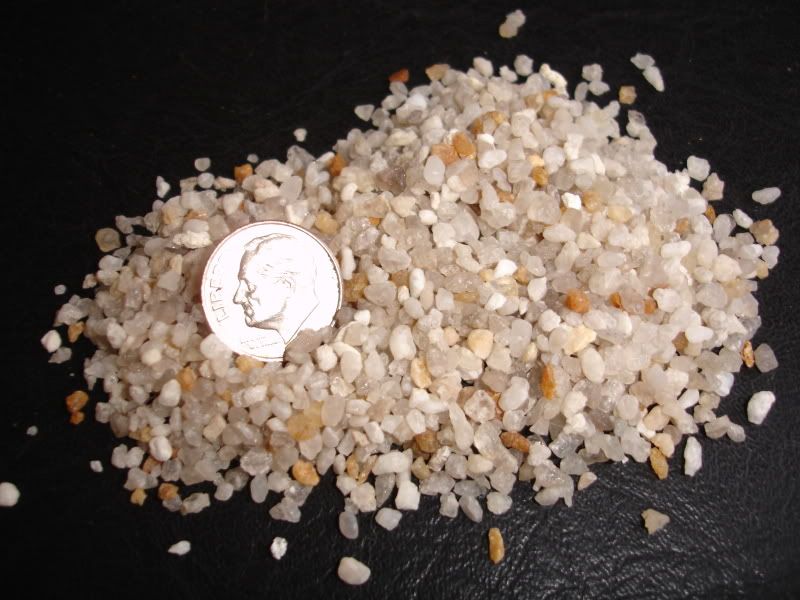So for things like grit, pea gravel, etc its important to have enough in there, but not so much with other things. Am I off base here or does this sound right?
ummmm..... spurr?
lol I don't know the answer sorry!
wisco - those particles look nice and chunky! Al on Gardenweb recommends window screen but he uses something bigger I think. So you could maybe afford to use smaller mesh and chuck less product. Chunkier is better though (I think).
VG, I am not sure what that stuff is you got there. You can always start with the soak test, in water and also vinegar. You can freeze it to see if it survives that as well. If all that goes well maybe see how much water it holds. With the calcined DE it is really amazing how much water you can pour in without leaving a pool.
Last edited:






